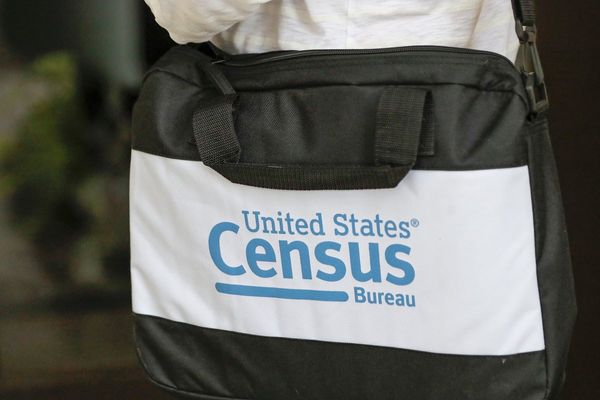
The United States is poised for moderate economic growth during the fourth quarter of this year, according to experts and forecasts. While the pandemic continues to have lingering effects, indicators suggest that the economy is gradually recovering from the unprecedented disruptions it experienced earlier this year.
One of the key factors contributing to this expected growth is the robust consumer spending witnessed in recent months. With businesses reopening and people regaining confidence, consumer demand has rebounded, driving economic activity in various sectors. This is further supported by low unemployment rates and strong wage growth, which are boosting consumer confidence and spending power.
Additionally, the housing market has been a bright spot in the economy, providing a significant boost to economic growth. Low mortgage rates have spurred demand for housing, leading to increased construction activity and rising home prices. This surge in the real estate market has ripple effects across related industries, such as home furnishings, appliances, and construction materials, further bolstering economic growth.
Furthermore, the Federal Reserve's accommodative monetary policy is expected to continue supporting economic recovery. The central bank has maintained historically low interest rates, which encourages borrowing and investment. This accommodative stance aims to stimulate economic activity and ensure access to credit for businesses and individuals alike.
It is worth noting, however, that certain challenges remain that could potentially dampen the pace of economic growth. The resurgence of COVID-19 cases in many parts of the country has prompted some states to reimpose restrictions or delay reopening plans. This has the potential to disrupt economic activity, especially in industries heavily reliant on in-person interactions, such as hospitality, travel, and entertainment.
Moreover, job losses continue to be a concern, particularly in sectors that have been hit hardest by the pandemic, such as retail and hospitality. The recovery in employment levels has been slower compared to other aspects of the economy, and further progress is needed to ensure widespread job creation.
Uncertainty surrounding fiscal policy adds another layer of complexity to the economic outlook. As negotiations on another round of stimulus measures have been ongoing, the nature and extent of additional fiscal support remains uncertain. The outcome of these negotiations will undoubtedly have an impact on the pace of economic recovery in the coming months.
In summary, the United States is expected to experience moderate economic growth in the fourth quarter, driven by robust consumer spending, a thriving housing market, and accommodative monetary policy. However, challenges such as the resurgence of COVID-19 cases, job losses, and uncertainty surrounding fiscal policy must be carefully monitored to ensure sustained and inclusive economic progress.







